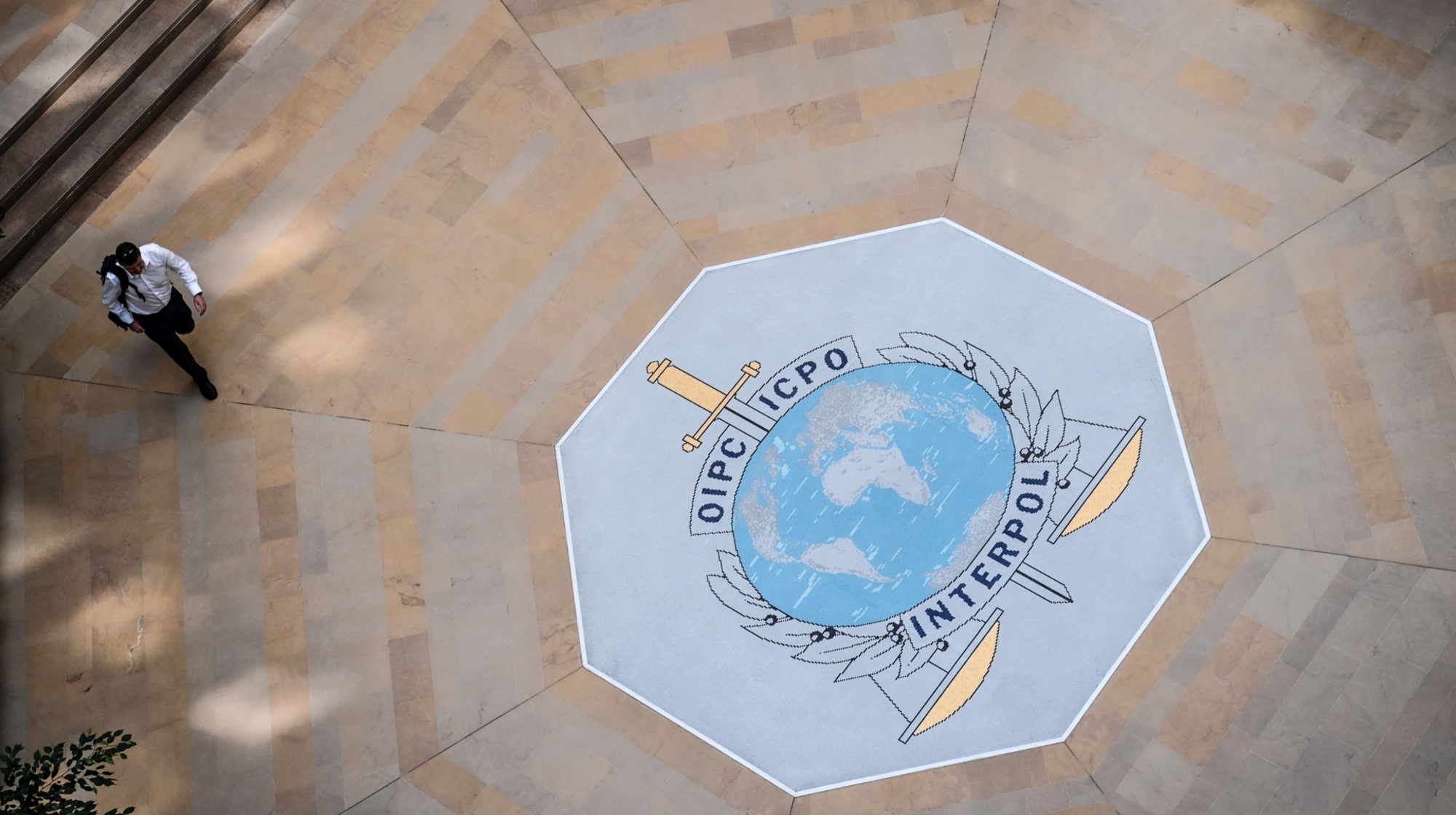Solar Impulse 2 plane completes first Atlantic crossing
Zero-fuel plane lands in Spain after becoming first solar-powered aircraft to make symbolic journey

Solar Impulse 2, the zero-fuel aircraft, has completed the first ever crossing of the Atlantic by a solar-powered plane and landed safely in Spain.
Its four-day trip started in New York on Monday. The plane will now continue to travel around the globe to showcase the capabilities of clean, renewable energy.
"The Atlantic is the symbolic part of the flight," pilot Bertrand Piccard told The Guardian. "It is symbolic because all the means of transportation have always tried to cross the Atlantic, the first steamboats, the first aeroplane, the first balloons, the first airships and, today, it is the first solar-powered aeroplane."
The Week
Escape your echo chamber. Get the facts behind the news, plus analysis from multiple perspectives.

Sign up for The Week's Free Newsletters
From our morning news briefing to a weekly Good News Newsletter, get the best of The Week delivered directly to your inbox.
From our morning news briefing to a weekly Good News Newsletter, get the best of The Week delivered directly to your inbox.
But the real goal is to "inspire people to use [renewable] technologies and show people they can use these technologies every day to have a better quality of life," he said.
The project had hoped to end the Atlantic leg in Paris, to replicate Charles Lindbergh's 1927 pioneering flight.
However, after storms were forecast for the French capital, Seville in the south of Spain was chosen as the safest option, Jonathan Amos, the BBC's science correspondent, reports.
Solar Impulse 2 is no heavier than a car but has a wingspan of more than 236ft, exceeding that of a Boeing 747, says tech website The Verge. It's covered in 17,000 cells to power the motors and charge its batteries during the day, continuing to power the craft at night.
A free daily email with the biggest news stories of the day – and the best features from TheWeek.com
The website adds that the craft typically flies at speeds of around 30mph - 18 times slower than a regular plane.
The project managers will now plot a route to the final destination, Abu Dhabi, where the venture began in March 2015.
-
 Femicide: Italy’s newest crime
Femicide: Italy’s newest crimeThe Explainer Landmark law to criminalise murder of a woman as an ‘act of hatred’ or ‘subjugation’ but critics say Italy is still deeply patriarchal
-
 Brazil’s Bolsonaro behind bars after appeals run out
Brazil’s Bolsonaro behind bars after appeals run outSpeed Read He will serve 27 years in prison
-
 Americans traveling abroad face renewed criticism in the Trump era
Americans traveling abroad face renewed criticism in the Trump eraThe Explainer Some of Trump’s behavior has Americans being questioned
-
 Nigeria confused by Trump invasion threat
Nigeria confused by Trump invasion threatSpeed Read Trump has claimed the country is persecuting Christians
-
 Sanae Takaichi: Japan’s Iron Lady set to be the country’s first woman prime minister
Sanae Takaichi: Japan’s Iron Lady set to be the country’s first woman prime ministerIn the Spotlight Takaichi is a member of Japan’s conservative, nationalist Liberal Democratic Party
-
 Russia is ‘helping China’ prepare for an invasion of Taiwan
Russia is ‘helping China’ prepare for an invasion of TaiwanIn the Spotlight Russia is reportedly allowing China access to military training
-
 Interpol arrests hundreds in Africa-wide sextortion crackdown
Interpol arrests hundreds in Africa-wide sextortion crackdownIN THE SPOTLIGHT A series of stings disrupts major cybercrime operations as law enforcement estimates millions in losses from schemes designed to prey on lonely users
-
 China is silently expanding its influence in American cities
China is silently expanding its influence in American citiesUnder the Radar New York City and San Francisco, among others, have reportedly been targeted


